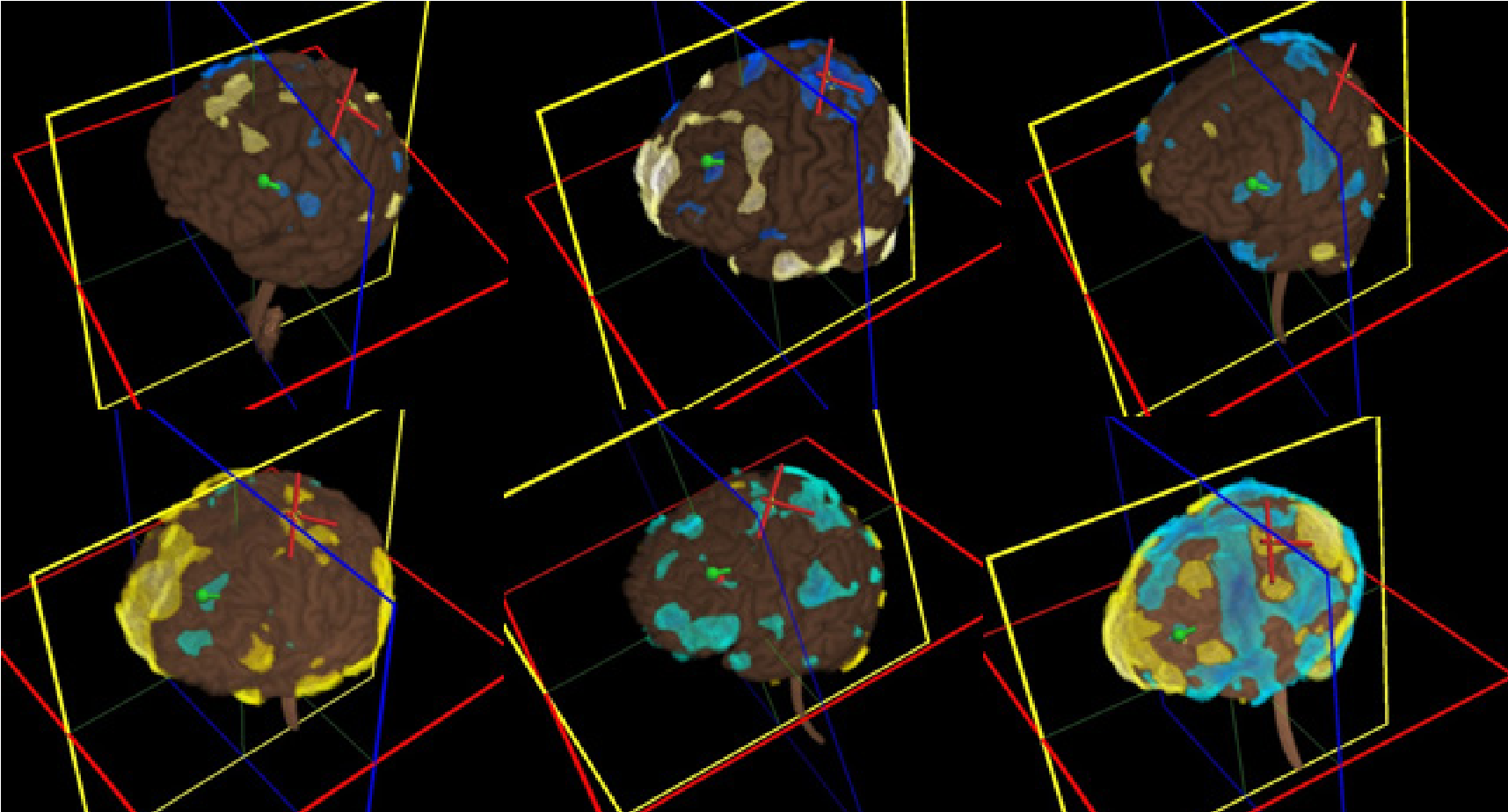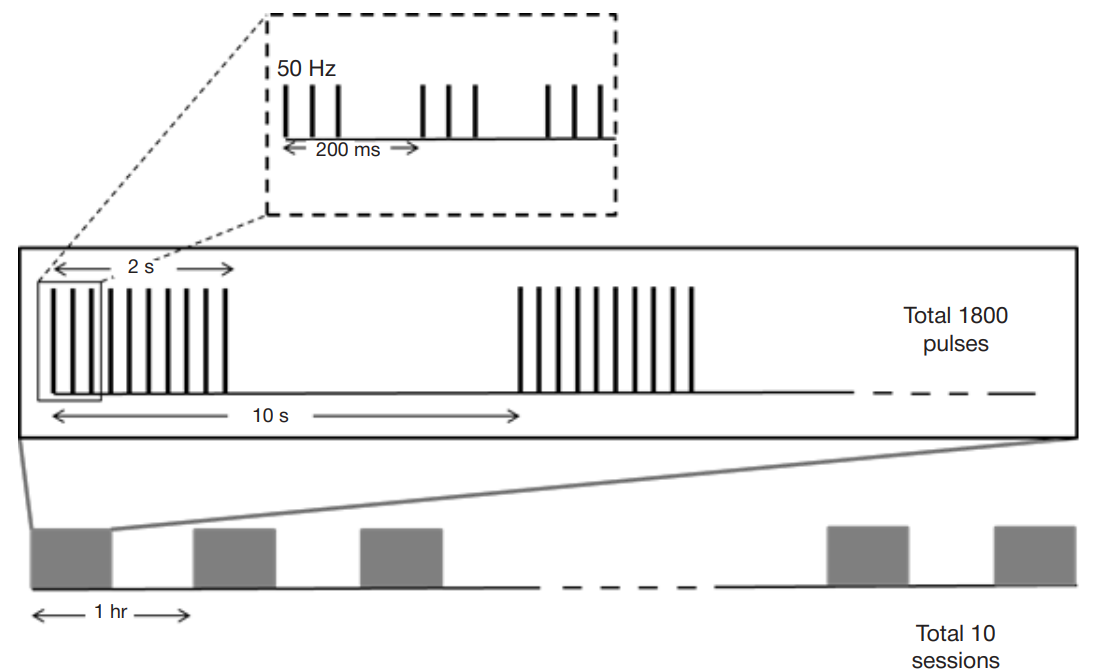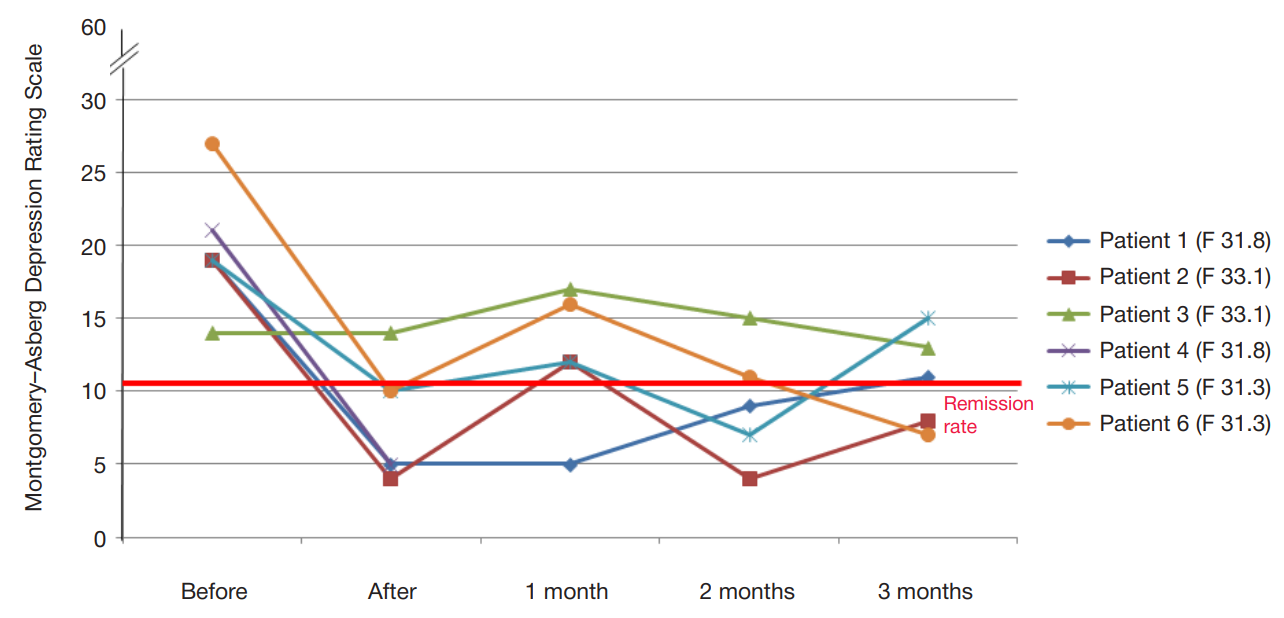
This article is an open access article distributed under the terms and conditions of the Creative Commons Attribution license (CC BY).
ORIGINAL RESEARCH
Experience of Stanford neuromodulation therapy in patients with treatment-resistant depression
1 Research Center of Neurology, Moscow, Russia
2 Moscow Research Institute of Psychiatry, Moscow, Russia
3 Russian Medical Academy of Continuous Professional Education, Moscow, Russia
Correspondence should be addressed: Alexandra G. Poydasheva
Volokolamskoe shosse, 80, Moscow, 125367, Russia; ur.ygoloruen@avehsadyop
Author contribution: Poydasheva AG, Bakulin IS, Mosolov SN — study planning and design; Poydasheva AG, Zabirova AH — literature review; Poydasheva AG, Sinitsyn DO, Maslenikov NV, Tsukarzi EE — data acquisition and analysis; all authors — data interpretation; Poydasheva AG, Sinitsyn DO — manuscript writing; all authors — manuscript editing.
Compliance with ethical standards: the research protocol was approved by the Ethics Committee at the Research Center of Neurology (protocol № 11-1/21 of 22 December 2021); the study was conducted in accordance with the principles of the Declaration of Helsinki; the informed consent was submitted by all study participants.




